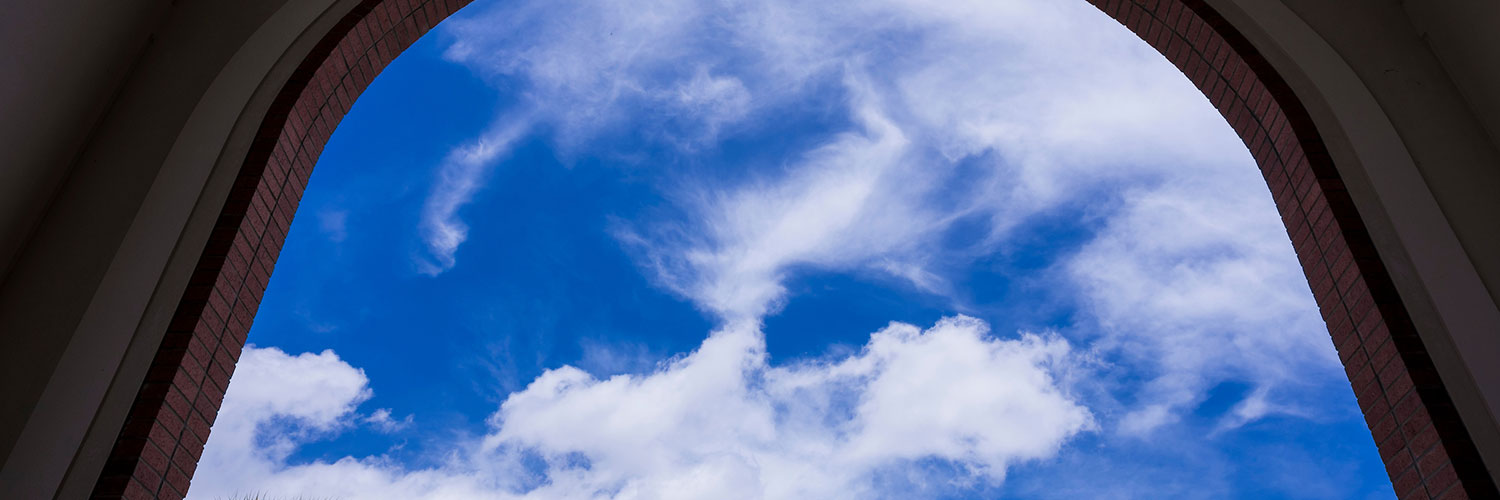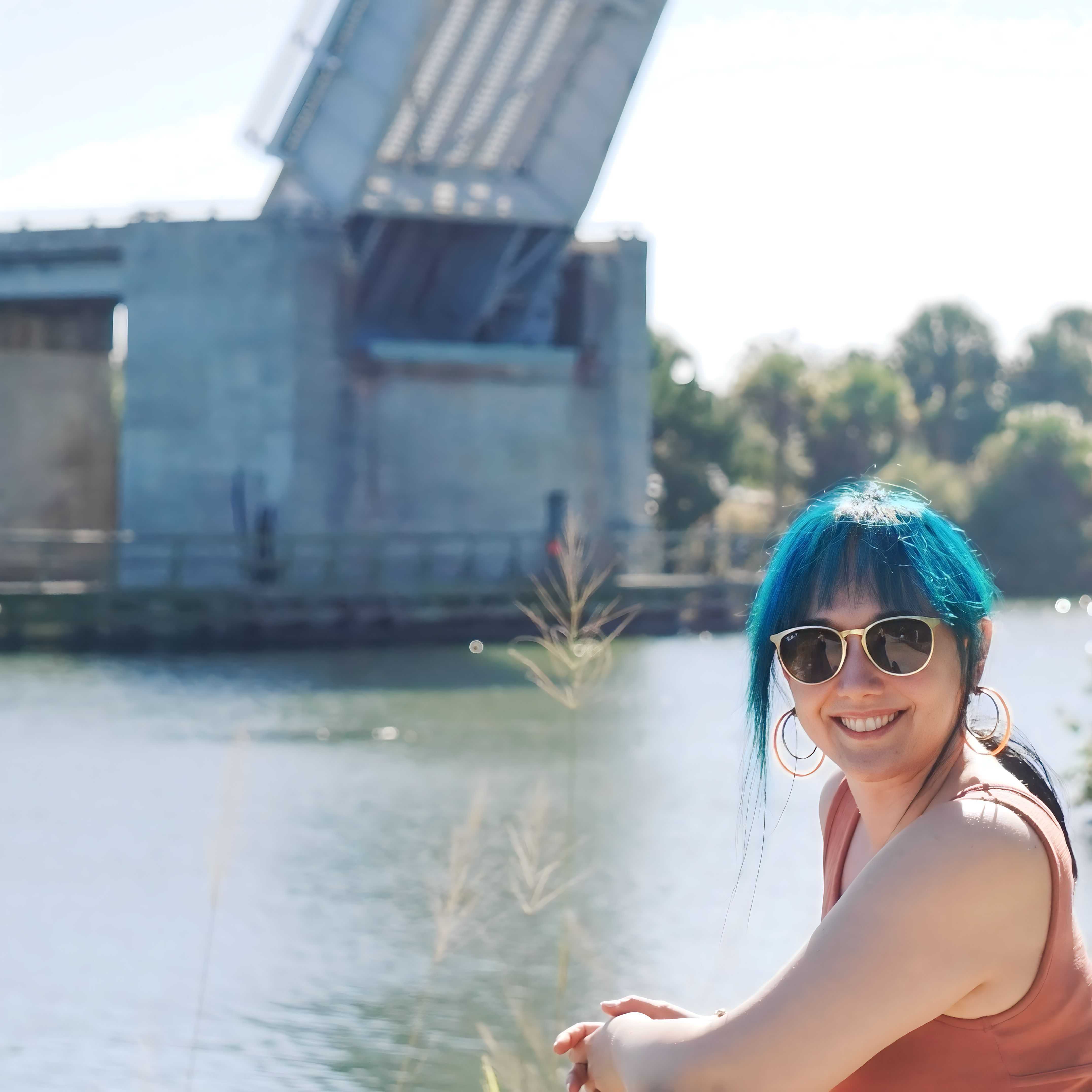
Velioglu Sogut, Deniz

Deniz Velioglu Sogut
Assistant Professor | College of Engineering and Science - Ocean Engineering and Marine Sciences
Contact Information
Expertise
Personal Overview
Dr. Velioglu Sogut specializes in extreme wave events, nearshore coastal processes, and coastal resilience, with a strong background in both experimental and computational research. She is adept at conducting experiments in research-grade wave/current flumes and has extensive knowledge in computational fluid dynamics (CFD) and morphodynamic modeling, where she utilizes High Performance Computing (HPC) clusters. Her latest work investigates the impact of storms on barrier islands, with a focus on overwash, flooding, and island breaching. Her team is currently conducting another study exploring various scenarios to enhance the effectiveness of artificial reefs (reef balls) in ecological restoration projects.
Educational Background
2017 Ph.D. - Ocean Engineering Research Center, Civil Engineering, Middle East Technical University, Turkey. Dissertation: Advanced Two- and Three-Dimensional Tsunami Models: Benchmarking and Validation.
2012 M.Sc. - Hydromechanics Laboratory, Civil Engineering, Middle East Technical University, Turkey. Thesis: Effects of Different Bed Roughness on the Characteristics of Hydraulic Jumps.
2009 B.S. - Civil Engineering, Middle East Technical University, Turkey.
Professional Experience
2021-current: Assistant Professor, Ocean Engineering and Marine Sciences, Florida Tech, Florida, USA
2019-2021: Postdoctoral Associate, Civil Engineering, SUNY/Stony Brook University, New York, USA
2017–2019: Visiting Scholar, Civil Engineering, SUNY/Stony Brook University, New York, USA
2012–2017: Graduate Research Assistant, Water Resources Laboratory, Civil Engineering, Middle East Technical University, Turkey
2009–2012: Graduate Research Assistant, Hydromechanics Laboratory, Civil Engineering, Middle East Technical University, Turkey
Current Courses
OCE 4525 Coastal Engineering Structures
OCE 4522 Coastal Engineering Processes and Shoreline Design
OCE 5525 Coastal Processes and Engineering
OCE 5903 Theory of Ocean Surface Waves
OCE 5570 Marine Hydrodynamics and Wave Theory
OCE 4563 Port and Harbor Design
OCE 5563 Port and Harbor Engineering
Selected Publications
Nezhad, S. K., Barooni, M., Velioglu Sogut, D., & Weaver, R. J. (2023). Ensemble Neural Networks for the Development of Storm Surge Flood Modeling: A Comprehensive Review. Journal of Marine Science and Engineering, 11(11), 2154. (Selected as Editor's Choice)
Barooni, M., Ashuri, T., Velioglu Sogut, D., Wood, S., & Ghaderpour Taleghani, S. (2023). Floating Offshore Wind Turbines: Current Status and Future Prospect. Energies, 16(1), 2.
Sogut, E., Velioglu Sogut, D., & Farhadzadeh, A. (2022). Experimental study of bed evolution around a non-slender square structure under combined solitary wave and steady current actions. Ocean Engineering, 266, 112792.
Barooni, M., Nezhad, S. K., Ali, N. A., Ashuri, T., & Velioglu Sogut, D. (2022). Numerical study of ice-induced loads and dynamic response analysis for floating offshore wind turbines. Marine Structures, 86, 103300.
Sogut, E., Velioglu Sogut, D. & Farhadzadeh, A. (2021). A comparative study of interaction of random waves with a cluster of structures on a berm with RANS and LES models. Coastal Engineering, 103941.
Velioglu Sogut, D., Sogut, E. & Farhadzadeh, A. (2021). Interaction of a solitary wave with an array of macro-roughness elements in the presence of steady currents. Coastal Engineering, 164, 103829.
Sogut, E., Velioglu Sogut, D. & Farhadzadeh, A. (2020). Overland Wave Propagation and Load Distribution among Arrays of Elevated Beachfront Structures. Journal of Waterway, Port, Coastal, and Ocean Engineering, 146(4), 04020016.
Sogut, E., Velioglu Sogut, D. & Farhadzadeh, A. (2019). Effects of building arrangement on flow and pressure fields generated by a solitary wave interacting with developed coasts. Advances in Water Resources, 134, 103450.
Velioglu Sogut, D., Jensen, R. E. & Farhadzadeh, A. (2019). Characterizing Lake Ontario Marine Renewable Energy Resources. Marine Technology Society Journal, 53(2), 21-37.
Arabi, M. G., Velioglu Sogut, D., Khosronejad, A., Yalciner, A. C. & Farhadzadeh, A. (2019). A numerical and experimental study of local hydrodynamics due to interactions between a solitary wave and an impervious structure. Coastal Engineering, 147, 43-62.
Velioglu Sogut, D. & Yalciner, A. C. (2019). Performance Comparison of NAMI DANCE and FLOW-3D® Models in Tsunami Propagation, Inundation and Currents using NTHMP Benchmark Problems. Pure and Applied Geophysics, 176(7), 3115-3153.
Velioglu Sogut, D., Farhadzadeh, A. & Jensen, R. E. (2018). Characterizing the Great Lakes marine renewable energy resources: Lake Michigan surge and wave characteristics. Energy, 150, 781-796. 781-796.
Lynett, P. J., Gately, K., ..., Velioglu, D., Yalciner, A. C., Yamazaki, Y., Zaytsev, A. & Zhang, Y. J. (2017). Inter-model analysis of tsunami-induced coastal currents. Ocean Modelling, 114, 14-32.
Kian, R., Velioglu, D., Yalciner, A. C. & Zaytsev, A. (2016). Effects of harbor shape on the induced sedimentation; L-type basin. Journal of Marine Science and Engineering, 4(3), 55.
Velioglu, D., Kian, R., Yalciner, A. C. & Zaytsev, A. (2016). Performance assessment of NAMI DANCE in tsunami evolution and currents using a benchmark problem. Journal of Marine Science and Engineering, 4(3), 49.
Recognition & Awards
|
2024 |
Editor’s Choice Article Award |
Journal of Marine Science and Engineering |
|
2017 |
Dissertation Recognition |
Flow Sciences Inc. |
|
2015 |
General Student Travel Grant | American Geophysical Union |
|
2009 to 2011 |
Hydropower Engineering Masters Research Scholarship | Middle East Technical University Development Foundation |
SYNERGISTIC ACTIVITIES
Associate Editor, Coastal Engineering Journal
Guest Editor, Journal of Marine Science and Engineering
Advisor, American Shore and Beach Preservation Association (ASBPA) Student and New Professionals University Chapter
Ad-hoc Reviewer, National Science Foundation (NSF)


 Give to Florida Tech
Give to Florida Tech